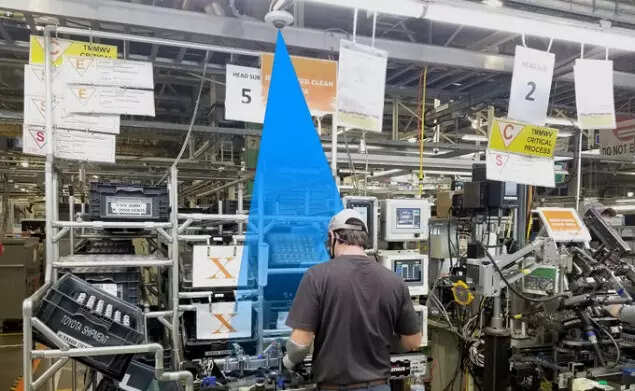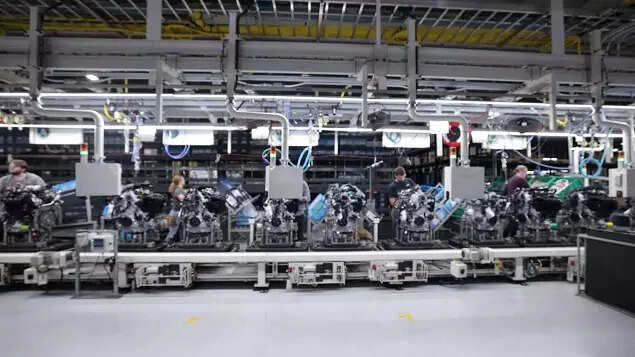The Bengaluru center employing 120 people including contract workers is part of? vision Technologies, which essentially monitor factory floors to monitor thousands of workers at once. Technology is also creating an entirely new type of data, which is transformed into information to help factories increase efficiency or quality.
Drishti’s software uses computer vision to digitize human actions by taking real-time video footage, then applies deep learning to assign data points to label different types of manual labor.

Krishnendu ChieftainDrishti co-founder and CTO told STOI: “Basically, we put cameras that see what’s happening. They bring the video back to our cloud, where our neural networks and AI engines sit. These Let’s analyze the videos and do two things: one, analyze the actions of the floor workers, which allows us to be warned when a certain action is missed. Second, we get statistics on periods that are all kinds of efficiency and lead to the discovery of barriers.”
For example, imagine if someone working on brake pads at an auto firm forgot to tighten a nut. Vision’s deep learning and AI tools prevent this by issuing an alert that allows the worker to quickly correct their action.

Drishti CEO Gary jackson said: “…another use case of our technology could be training. Our customers like Toyota spend a large percentage of their labor costs on training and retraining. The difference between someone who does a minute Maybe someone who has been trained inadequately, or maybe someone has found a new way of doing it that’s better than the other way around. In any case, being able to focus on the training cycle with our type of analysis can be a huge dollar value for clients.”
Chowdhary explained that use cases also include identifying ways to speed up manufacturing processes or discovering bottlenecks before they stop production. The technology has been used to reduce line crowding during Kovid-19.
Live Tadepalli, Head, India Operations, explaining how Drishti’s majority of the workforce is based in Bengaluru, said customer privacy and IP security was something that was seriously considered as the technology evolved.
“The data generated is customer property and we are extremely sensitive to the fact that it is confidential and a lot of it is property and IP and make great efforts to ensure that confidentiality is taken care of at all levels,” Tadepalli said. said .
Jackson said the firm has raised $37.5 million to date, including a $25 million Series B funding round led by Sojo Ventures. “Other Firms Include” Andreessen Horowitz, Toyota AI Ventures, Emergence Capital and Alpha Intelligence Capital,” the firm said.
Tadepalli said that in future, Drishti can also look at unknown data and analyze it in a way that can be useful for industries, some sectors.
.